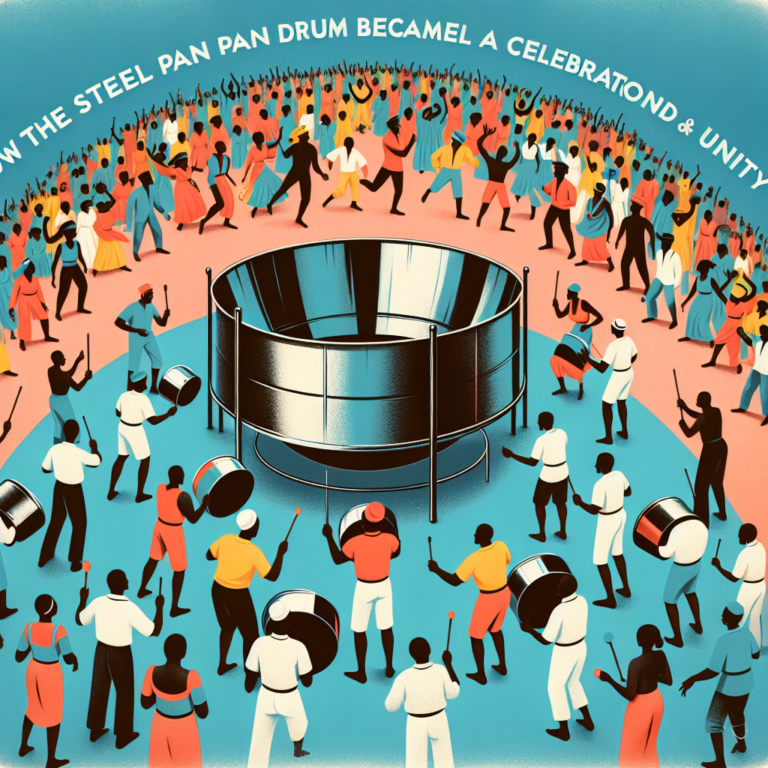The steel pan drum, also known as the steelpan or pan, is a musical instrument that originated in Trinidad and Tobago in the 1930s. Made from steel drums that were originally oil barrels, the steel pan drum has become a symbol of celebration and unity around the world.
The steel pan drum was born out of the African and indigenous rhythms and traditions that were brought to the Caribbean by enslaved Africans. The Trinidadian people took these traditions and combined them with European brass band music to create a unique and vibrant musical sound that reflected their cultural heritage.
Originally, the steel pan drums were played by striking them with sticks or mallets, creating a percussive sound that was both melodic and rhythmic. Over time, musicians developed techniques to tune the drums, allowing them to play melodies and harmonies in addition to beats.
The steel pan drum quickly became a popular instrument in Trinidad and Tobago, and its sound spread throughout the Caribbean and beyond. Today, steel pan bands can be found in countries around the world, from Brazil to Japan to the United States.
One of the reasons why the steel pan drum has become a symbol of celebration and unity is its ability to bring people together through music. The sound of the steel pan drum is joyful and infectious, and it has a way of lifting people’s spirits and creating a sense of community.
Steel pan bands often perform at festivals, parades, and other cultural events, where people of all backgrounds and ages can come together to dance, sing, and celebrate. The music of the steel pan drum transcends language and cultural barriers, creating a universal language of music that everyone can enjoy.
In addition to its role in celebration, the steel pan drum also has a deep symbolic meaning for the people of Trinidad and Tobago. It represents the resilience and ingenuity of a people who were able to turn discarded oil drums into beautiful musical instruments that have captivated audiences around the world.
The steel pan drum is a symbol of unity because it brings together people from different backgrounds and walks of life to create music that is greater than the sum of its parts. It reminds us that when we come together in harmony and cooperation, we can create something beautiful and powerful.
In conclusion, the steel pan drum has become a symbol of celebration and unity because of its ability to bring people together through music. Its joyful sound and infectious rhythms have the power to unite people of all backgrounds and create a sense of community and connection. As we continue to celebrate the rich cultural heritage of the steel pan drum, we are reminded of the importance of coming together in harmony and cooperation to create a better and more unified world.

